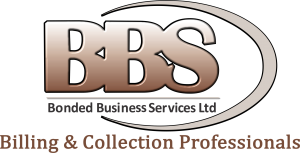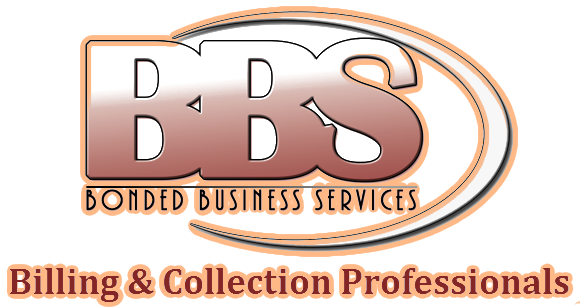Whether you run a small family practice or a hospital, it’s important to get the facts straight on medical debt in the United States.
As a healthcare provider, the success of your practice depends on your revenue cycle management process. In a perfect world, your patients would always pay their balance in full, and they would do so on time, but the fact is that we don’t live in a perfect world. And, in order to make the most out of your revenue cycle management process, it pays to understand the facts on medical debt in the United States. That’s why the experts at Bonded Business Services have come up with this list of need-t0-know facts on medical debt:
Uninsured patients have the most trouble paying.
According to a survey conducted by the Kaiser Family Foundation and the New York Times, 53 percent of Americans who are uninsured have reported problems with paying their medical bills. However, that doesn’t mean that only people who don’t have insurance have trouble paying their medical bills. In fact, one in five Americans who are of a working age say they have had trouble paying their medical bills over the last year. And, in those who have private insurance, people with the highest deductibles were more likely to struggle with paying their medical bills.
Americans are concerned about paying for medical bills.
That same survey found that 62 percent of the participants were concerned about their ability to pay their medical bills, should they become ill or injured. Some people are so concerned about their ability to pay that they forego treatment altogether. In fact, 28 percent of participants reported missing follow-up appointments, skipping tests or not getting treatment over the past year because of the high cost of care.
Unexpected medical bills are the most difficult for Americans to pay.
For most Americans, medical debt that is unexpected is much harder to pay. In fact, 45 percent of Americans say they would have a difficult time covering an unexpected medical bill of just $500. Some participants — about 19 percent — say they would not be able to pay an unexpected $500 medical bill at all, while 20 percent say they would have to put the bill on a credit card and pay it off over the course of several months. Other participants said that they would need to borrow money from a payday lender, bank, friend or family member to cover the bill.
Americans often get creative when it comes to paying medical bills.
 So, what happens when Americans can’t pay their medical bills? As we mentioned earlier, even Americans who have health insurance sometimes struggle with paying their medical bills, and 31 of insured Americans took money out of long-term savings accounts for college and retirement to pay for medical bills. Seventeen percent of uninsured Americans took money out of long-term savings accounts to cover medical bills, and an additional 17 percent of uninsured Americans took out a loan to pay medical bills. Additionally, 42 percent of Americans got a second job or worked more hours to cover the cost of medical bills, and 37 percent borrowed money from friends or family. Finally, about seven percent of adults who struggled with medical bills over the past two years declared bankruptcy.
So, what happens when Americans can’t pay their medical bills? As we mentioned earlier, even Americans who have health insurance sometimes struggle with paying their medical bills, and 31 of insured Americans took money out of long-term savings accounts for college and retirement to pay for medical bills. Seventeen percent of uninsured Americans took money out of long-term savings accounts to cover medical bills, and an additional 17 percent of uninsured Americans took out a loan to pay medical bills. Additionally, 42 percent of Americans got a second job or worked more hours to cover the cost of medical bills, and 37 percent borrowed money from friends or family. Finally, about seven percent of adults who struggled with medical bills over the past two years declared bankruptcy.
Medical debt has real consequences for American families.
Apart from having to empty long-term savings accounts and apply for high-interest personal loans to cover their medical debt, it can affect American families in many other ways as well. Even for people who have insurance, medical debt can make it hard to make ends meet. In fact, 55 percent of people who have both medical bills and health insurance say they are barely getting by, and a third of people who had medical bills didn’t have enough money to cover basics, like heat, food or housing.
Understanding medical debt can help to streamline your billing and collections process.
At Bonded Business Service, we are dedicated to helping you enhance your revenue cycle management process so that you can increase your recovery rates in your practice or hospital. Understanding the ins and outs of medical debt, and the effects it has one the lives of everyday Americans, is important for your process and your practice’s relationships with your patients. Let us help to show you the way. Contact us today to get started.




